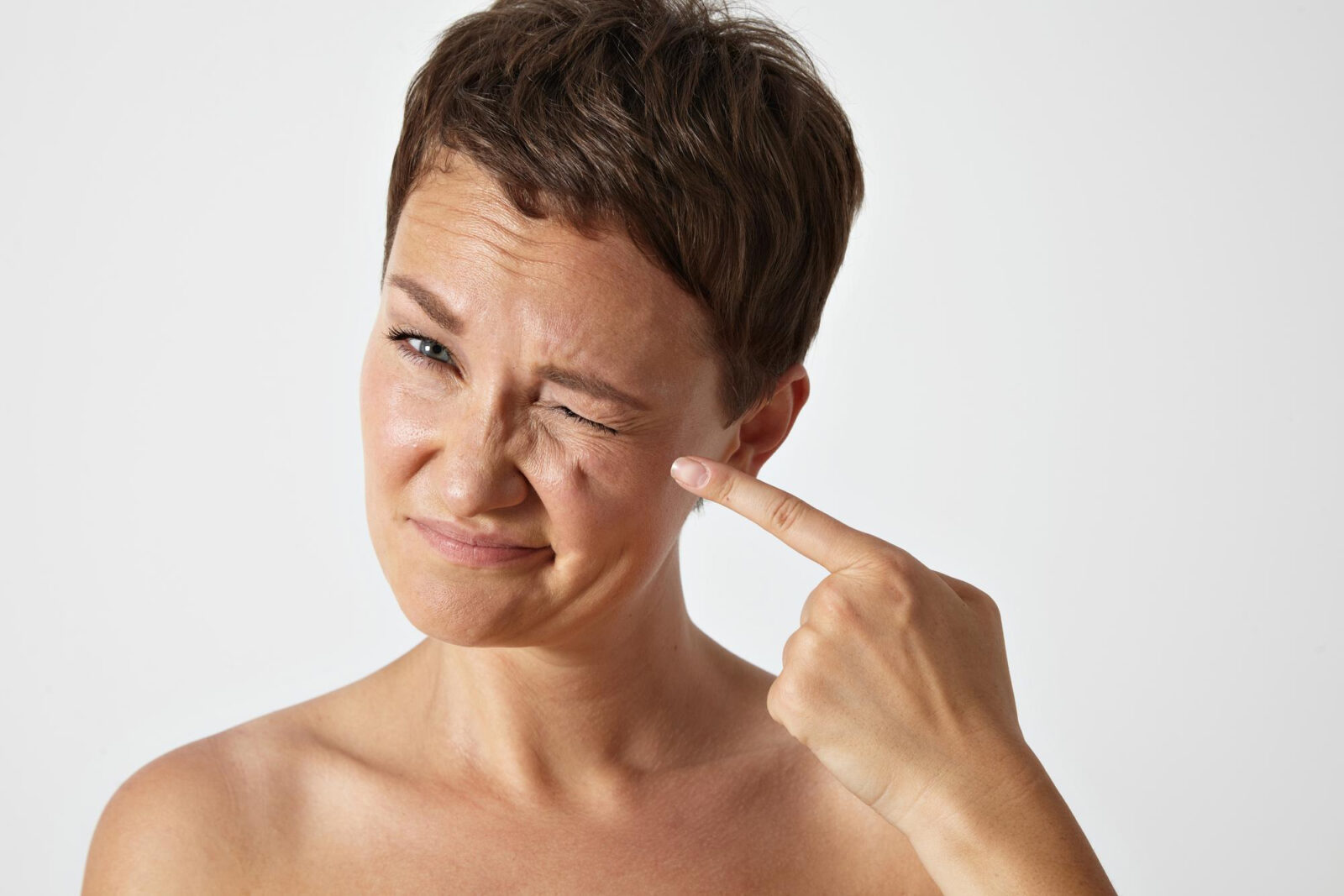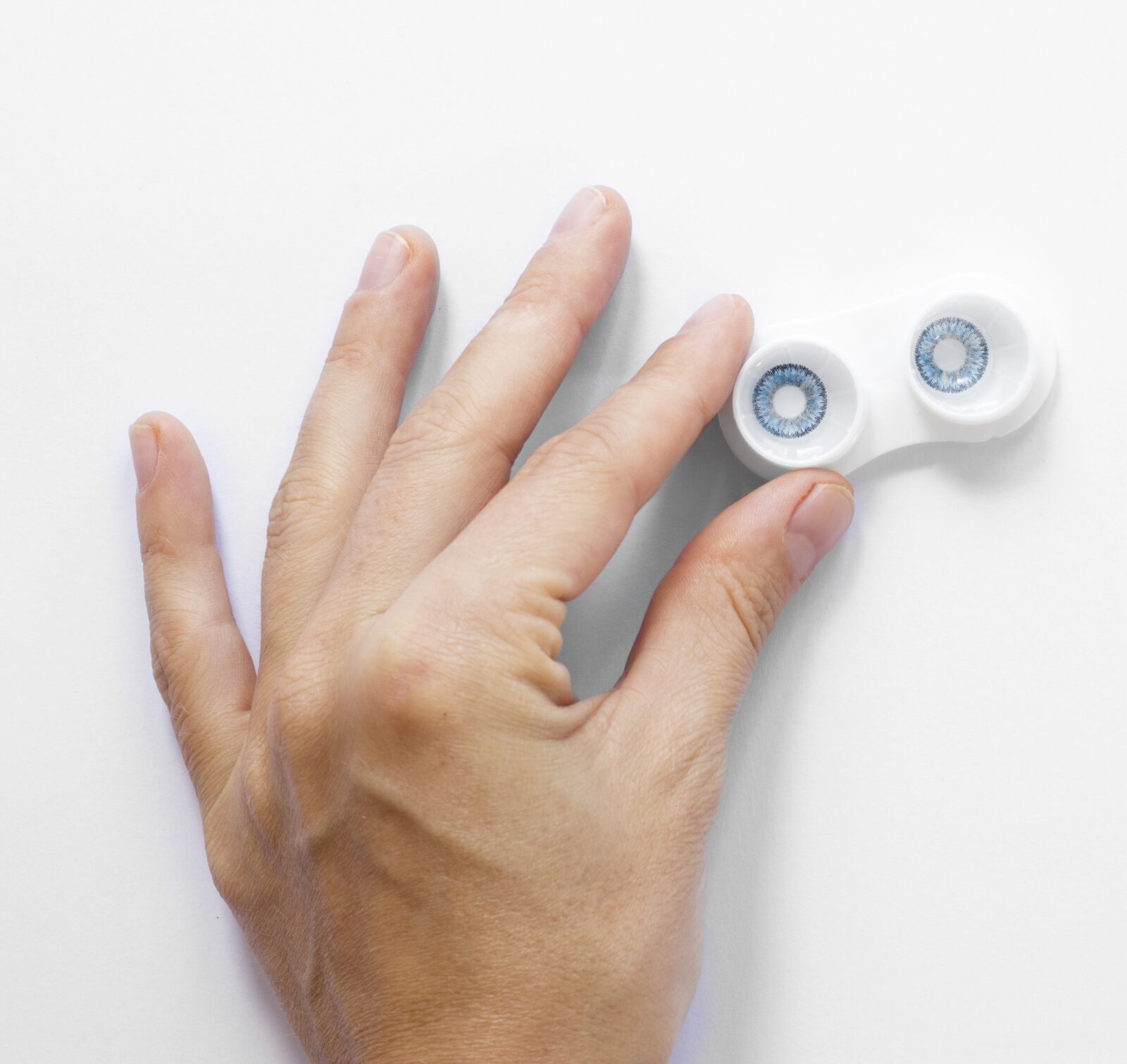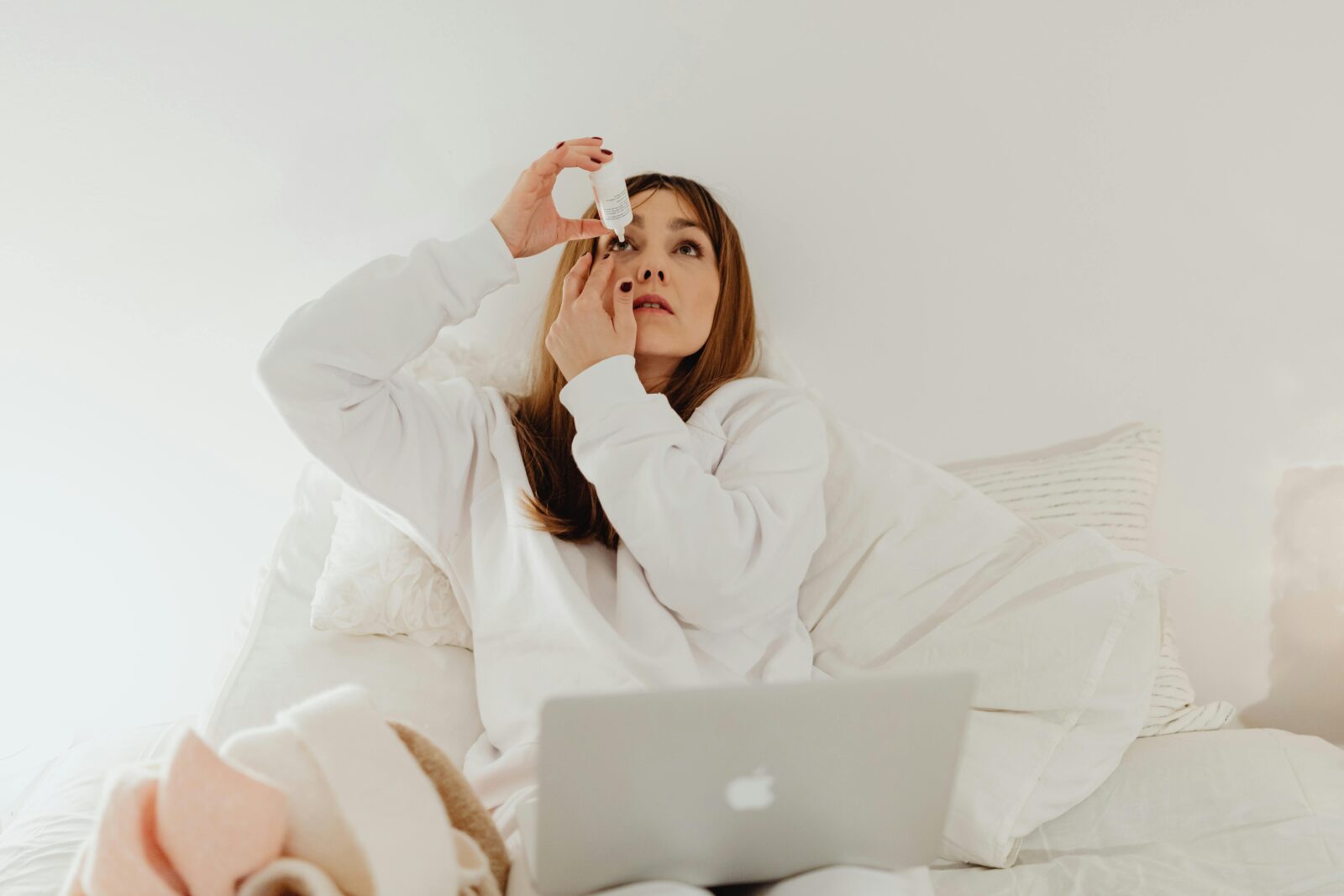
My eye is itching and feels like I have a small bump.
It seems a little red when I look in the mirror, and it hurts. Is there a real cause for concern?
According to the Cleveland Clinic, what you may be experiencing is what is known as “A stye is a painful red bump on the edge of your eye stye. Similar to an acne pimple, a stye forms when a tiny oil gland near your eyelashes become blocked and gets infected. Styes are very common, and in many cases, you can manage them at home. But some cases may require treatment by an eye care provider. The medical term for a stye is “hordeolum.”
What Is Eye Stye (Sty)?
An Eye Stye, similar to acne but developing on your eyelid, is typically accompanied by discomfort and eye pain. Styes are caused by bacteria, are usually easily treatable, and can often resolve on their own within one to two weeks.
When you look in the mirror, you may notice the stye located on the outer part of your eyelid (external stye) or the inner eyelids (internal stye or chalazion).

What are the Symptoms of Eye Stye?
Typically, eye stye is accompanied by
- A red lump on your eyelid that is similar to a boil or a pimple
- Eyelid pain
- Eyelid swelling
- Tearing
- Discharge from your eye
- Crusting along your eyelid
- Light sensitivity
- Soreness and itching
Isn’t Pink Eye Same as Eye Stye?
The simple answer is No.
It’s easy to confuse the two since they share similar symptoms, such as redness, swelling, and discharge. However, the biggest difference is the bump on the eyelid.
- Pink eye (conjunctivitis): Inflammation of the membrane that lines the white part of your eye and the inside of your eyelid.
- Eye stye: A red, acne-like bump located on the eyelid itself.
Unlike an eye stye, pink eye is contagious, so it’s crucial to keep your eyes and hands clean.
A key visual difference is the location of the redness and swelling:
- A stye is localized to one small area, typically on the edge of the eyelid.
- Pink eye usually affects the entire eye.
What is the Cause of Eye Stye?
Simply put, a stye is an infection caused by clogged skin, dirt, or makeup near the eyelashes. Other factors that may increase your risk include:
- Unhealthy diet
- Lack of sleep
- Stress
- Dry skin
- A history of styes
Certain conditions may also increase your risk, such as:
- Blepharitis
- Diabetes
- Dry eyes
- Dermatitis
- Fluctuating hormones
- Hypercholesterolemia (high “bad” cholesterol)
- Ocular rosacea
What is the Treatment for Eye Stye?
In most cases, styes can be easily treated at home or by an eye care professional.
Self-Care Dos and Don’ts
DO:
- Keep good hygiene by washing your hands and eyes with mild soap.
- Use a warm compress on the affected eyelid for 10–15 minutes, three times a day.
- Try warm green tea or chamomile tea bags as an alternative to a warm water compress.
DO NOT:
- Wear makeup while treating the stye.
- Touch or rub your eyes.
- Use contact lenses until the infection has cleared.
- Pop or squeeze the stye.
If self-care does not help or if symptoms persist or worsen after 48 hours, consult an eye doctor for a proper diagnosis and treatment.
Medical Treatments
If home care is insufficient, an eye care provider may recommend:
- A specific eye ointment or antibiotic for the affected area.
- A steroid injection to reduce swelling.
- A small incision to drain the fluid.
What Do I Do Next?
At TLC Laser Eye Centers, we specialize in providing complimentary comprehensive eye exams for the purposes of LASIK eye surgery. If you believe you have eye stye, we recommend you see a local eye care provider who can confirm diagnosis and discuss treatment.
Once your infection is cleared and if your doctor recommends LASIK or you are interested in LASIK eye surgery to improve your vision, we welcome you to schedule a free LASIK Consultation with one of our offices. Through our comprehensive eye exam, we will provide a customized solution for your vision needs.
Resource:
Stye. (2024b, September 19). Cleveland Clinic. https://my.clevelandclinic.org/health/diseases/17658-stye


